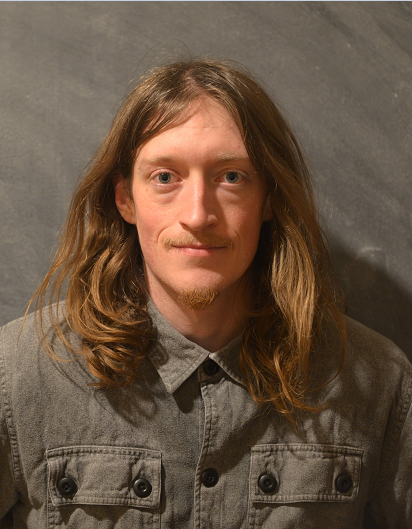Laser-cooled trapped ions are among the most pristine and controllable quantum systems. Research performed in Prof. Islam’s group is currently focused on the following:
- Quantum simulation: The QITI laboratory is building a programmable trapped-ion quantum simulator with 171Yb+ qubits, with optical controls at the level of individual ions for studying problems in quantum many-body physics and computation.
- QuantumION: In collaboration with Prof. Crystal Senko’s group and supported by Transformative Quantum Technologies (TQT) , we are building QuantumION, a trapped-ion quantum simulator/computer based on a chain of 133Ba+ ions. 133Ba+ is regarded as the ‘Goldilocks qubit’ for their many wonderful properties including long lived metastable states, availability of spin-1/2 hyperfine qubits, and optical transitions in the visible range.
- Quantum simulation algorithms: We research on classical and quantum algorithms to make quantum simulation more efficient, e.g. by using modern machine learning methods. We collaborate with the Perimeter Institute Quantum Intelligence Laboratory
Job opportunities
We acknowledge financial support from University of Waterloo, NSERC, Government of Ontario, US ARO, and Transformative Quantum Technologies (TQT, CFREF).
Recent News
19 Apr 2024 - Lewis defends his MSc thesis!
Congratulations to Lewis Hahn for successfully defending his MSc thesis on “Developing a robust quantum simulator with trapped ions”! Lewis is continuing with the group for his PhD.
18 Apr 2024 - Paper on preparation of microgram BaCl_2 Ablation Targets published
Our paper on Microgram BaCl_2 Ablation Targets for Trapped Ion Experiments has been published in Review of Scientific Instruments! This is an experimental work from the QuantumIon project.
[2024] Microgram BaCl_2 Ablation Targets for Trapped Ion Experiments
Review of Scientific Instruments 95, 045117 (2024) arXiv:2402.06632
21 March 2024 - paper on 2D ion crystals in a hybrid optical cavity trap published
Our paper investigating 2D ion crystals in a hybrid optical cavity trap has been published in PRA! This is a theoretical and numerical work.
Recent Publications
Programmable XY-type couplings through parallel spin-dependent forces on the same trapped ion motional modes
Abstract: We propose and experimentally demonstrate an analog scheme for generating XY-type (Jx XX + Jy YY) Hamiltonians on trapped ion spins with independent control over the Jx and Jy terms. The Ising-type interactions σixσjx and σiyσjy are simultaneously generated by employing two spin-dependent forces operating in parallel on the same set of normal modes.
Microgram BaCl_2 Ablation Targets for Trapped Ion Experiments
Abstract: Trapped ions for quantum information processing has been an area of intense study due to the extraordinarily high fidelity operations that have been reported experimentally. Specifically, barium trapped ions have been shown to have exceptional state-preparation and measurement (SPAM) fidelities. The 133Ba+ (I=1/2) isotope in particular is a promising candidate for large-scale quantum computing experiments.
Investigations of 2D ion crystals in a hybrid optical cavity trap for quantum information processing
Abstract: We numerically investigate a hybrid trapping architecture for 2D ion crystals using static electrode voltages and optical cavity fields for in-plane and out-of-plane confinements, respectively. By studying the stability of 2D crystals against 2D-3D structural phase transitions, we identify the necessary trapping parameters for ytterbium ions. Multiple equilibrium configurations for 2D crystals are possible, and we analyze their stability by estimating potential barriers between them.




